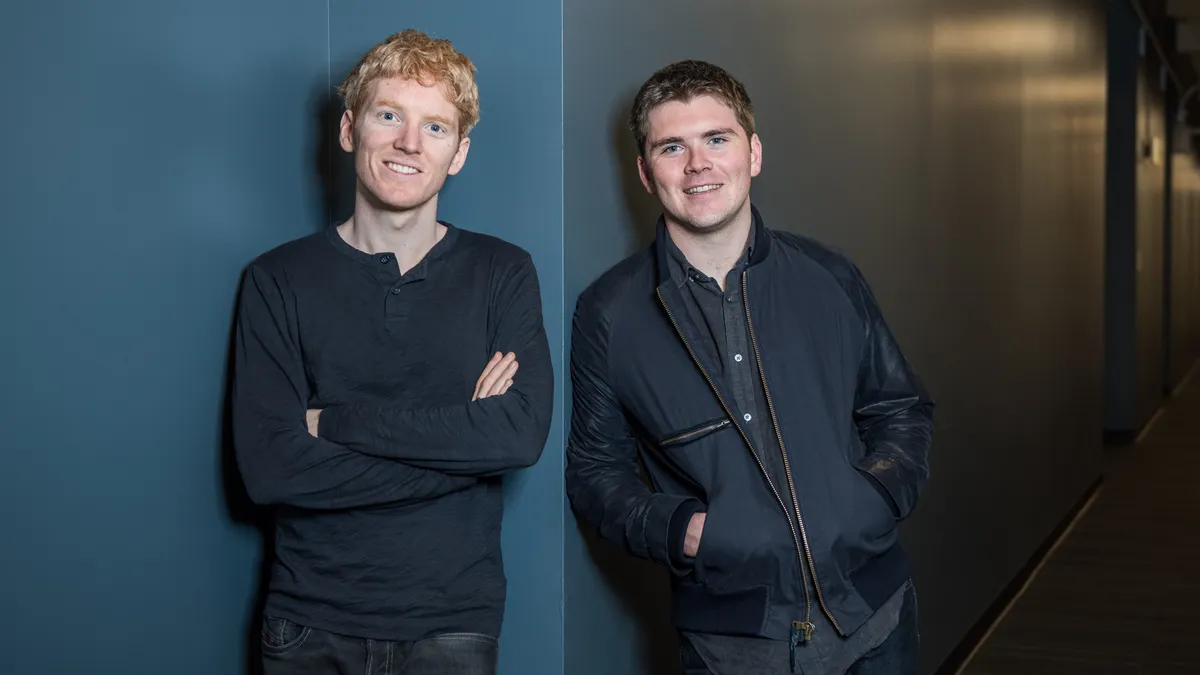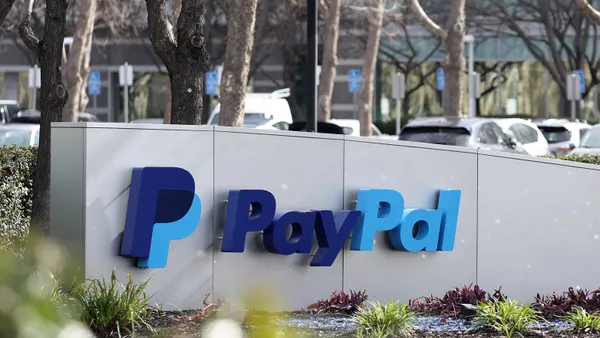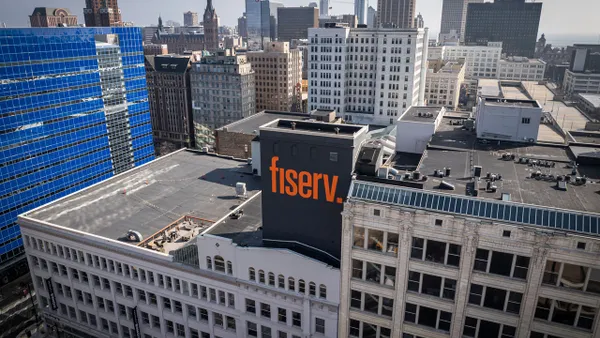Dive Brief:
- Stripe, the payments darling that was at one point the most valuable startup produced by Silicon Valley, is cutting about 1,140 employees, or 14% of its workforce, in the face of changing economic conditions. Stripe CEO Patrick Collison told workers in a letter that impacted employees were notified today.
- Collison acknowledged “mistakes” made by Stripe in that it tried to grow too quickly after an e-commerce boost provided by the COVID-19 pandemic and underestimated the potential for an economic slowdown.
- “Today we’re announcing the hardest change we have had to make at Stripe to date,” the letter said. “We’re reducing the size of our team by around 14% and saying goodbye to many talented Stripes in the process.”
Dive Insight:
Stripe, which has dual headquarters in San Francisco and Dublin, started out providing online payments software services for small- and mid-sized businesses, but has been taking on larger customers as well as it adds more tools in its offerings around the world. Collison, an Ireland native, founded the company with his brother John and they grew it into a business worth nearly $95 billion last year.
Collison said the company grew quickly in 2020 and 2021 as increased e-commerce resulting from the COVID-19 pandemic super-charged its business, leading revenue and payments volume to triple. As quickly as that seismic shift happened, the world has changed again now, he said. Higher interest rates, “stubborn inflation,” less available venture capital and a potential recession are all part of the new conditions, he said.
“We think that 2022 represents the beginning of a different economic climate,” Collison said in the letter to Stripe employees today. “We overhired for the world we’re in (more on that below), and it pains us to be unable to deliver the experience that we hoped that those impacted would have at Stripe.”
Some parts of the business will be more affected than others by the employee reduction, Collison said, noting that the recruiting division will be one area more heavily impacted.
In addition to cutting employees to return the company to a headcount of about 7,000, Stripe also plans to rein in other costs, Collison said. More details on the cuts and revised strategy will be coming over the next week, he said.
“Nothing in it is going to radically change, but we’re going to make some important edits that make sense for the world that we’re headed into, and tighten up our prioritization substantially,” he said in the letter.
Collison acknowledged two significant mistakes made by the company. Management’s outlook was too rosy and expanded the company too quickly, he said.
“We were much too optimistic about the internet economy’s near-term growth in 2022 and 2023 and underestimated both the likelihood and impact of a broader slowdown,” Collison said. “We grew operating costs too quickly. Buoyed by the success we’re seeing in some of our new product areas, we allowed coordination costs to grow and operational inefficiencies to seep in.”
The letter outlined compensation and benefits that will be available to the outgoing employees, including 14 weeks of severance pay, an early annual bonus and paid vacation time to extended healthcare insurance. The company will also provide career support, including job leads with other companies.
“For those not affected, there’ll be some bumpiness over the next few days as we navigate a lot of change at once,” the letter from Collison said. “We ask that you help us do right by Stripe’s users and the departing Stripes.”
Collison remained confident Stripe will weather the economic storm, but noted the necessity of adapting to the new environment, saying the service the company provides isn’t something that customers can just turn off.
“Our business is fundamentally well-positioned to weather harsh circumstances,” Collison said. “We provide an important foundation to our customers and Stripe is not a discretionary service that customers turn off if budget is squeezed. However, we do need to match the pace of our investments with the realities around us...Today, that means building differently for leaner times.”











